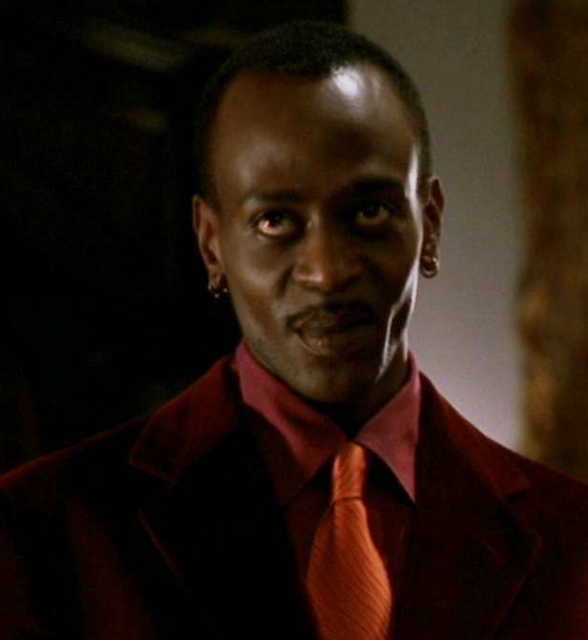One thing I find interesting is the way pop media has a particular “look” for characters or things. The prime example of this is Frankenstein’s monster, which is practically defined by Jack Peirce’s flat-topped makeup job on Boris Karloff. (although I always felt that it had a bit of inspiration from Charles Ogle’s depiction in the 1910 Thomas Edison version). Before that the Monster looked like a long-haired Wild Man, as suggested by the book (although some illustrations had him seeming downright good-looking). But it wasn’t an iconic look – that could’ve been any long-haired Wild Man. But that flat top, with the bolts in the neck and the prominent not-fully-healed scars really set him aside. You looked at that and you knew it was the Frankenstein monster. He appeared that way in the Universal movies, of course (and in Universal Monster properties down to this day). He was picked up by cartoons in the 1930s and 1940s, in comic books (notably Dick Briefer’s two different series for Prize comics in the 1940s and 1950s, which had the same flat top, even though not sanctioned by Universal), the TV cartoon Milton the Monster, Herman Munster from the TV series The Munsters. Even Frankenstein movies by other studios, like Hammer, copied enough of the features to be recognizable as kin to the Universal Frankenstein (most notably the scarring. Despite what the movies tell you, Mary Shelley’s monster was not made by sewing together big chunks of corpses - read the book).
I’m surprised that Universal didn’t try to secure their rights to the depiction. Their version of FRankenstein has practically become the default, despite years of people trying to return to the “long-haired wild man” image (Frankenstein Unbound, Kenneth Branaugh’s version, Clancy Brown in The Bride)
For many years Pop Culture depictions of The Vampire owed a lot to the Universal version bas depicted by Bela Lugosi – a cultured European wearing formal dress and an opera cape, with slicked-back hair and no noticeable fangs. But even Universal wasn’t consistent – in House of Frankenstein and House of Dracula John Carradine portrayed him with a moustache (as in the book!) and with a top hat, but it didn’t “take”. (Lugosi, in the meantime, perpetuated his depiction at other studios, notably in Mark of the Vampire (directed by Tod Browning, who directed him in Dracula for Universal) and Return of the Vampire and in many other films and appearances. Stephen Sommers’ Van Helsing (a Universal film again), returnmed to a Lugosi-esque depiction of the Count.
But there were too many other competing images for any one to dominate the image of the vampire.
1.) Vampires look like ordinary people, although maybe a little paler, and maybe with convertible fangs. – One of the features of the Modern Vampire (since the time of Polidori’s The Vampyre, and maybe Lord Byron’s abortive attempt) is that they can “pass” for human, nd so seduce or at least infiltrate and surprise their victims. Varney the Vampire usually looked very human, as did Carmilla, and Dracula (in the novel). And tons of vampires since – Anne Rice’s LeStat and others, Charlene Harris’, Chelsea Quinn Yarbro’s Count St. Germain, and others.
2.) Nosferatu – Max Skrek’s depiction of the unsanctioned version of Dracula broke new ground, with his bald head, rat-0like incisors (unlike the stereotyped canine fangs), huge protruding ears, and weird frock coat. His image disappeared for years because Florence Stoker, asserting her rights to the character, tried to get copies destroyed. Some scenes of him survived in the short “Boo!” from 1932, which used Nosferatu instead of Lugosi’s Count for the vampire scenes. But the film remained relatively obscure for years, known to horror and film study aficianados mainly. Then it came back just before 1980, with the Klaus Kinsky remake, and with the vampure makeup in the 1979 TV movie of Salem’s Lot copying the oldvampire. His popularity has only grown, with many depictions copying his look, with illem Dafoe’s 2000 Shadow of the Vampire, and with two recent remakes.
3.) Lon Chaney, Sr. in London After Midnight – Lon Chaney was always original, and his depiction of the vampire – with each and every tooth shapened to a point, deeply incised circles around each eye, and a tall Beaver hat – was unique. It could’ve set a new iconic look for vampires, but it never caught on. Talkies too over, Browning himself, who made the film, remade it with Bela Lugosi (looking very much as he did in his own Dracula) in the lead. The silent film was ultimately destroyed in a vault fire in the 1960s.
4.) “Morticia” – London after Midnight and Mark of the Vampire, along with the Universal film Dracula’s Daughter all gave rise to another vampire look - The Female Vampire. She had long black hair, pale skin, dark eyes, and dressed in black. She maybe owed something to the Brides of DRacula as depicted in the Universal film and in its Spanish-language version, but those creatures didn’t get enough screen time. The long black hair/dressed in black image was picked up by spooky ladies that weren’ty recognized as vampires – Charles Addams’ lady (later named “Morticia” for the TV series), Maili Nurmi’s “Vampira” character, then the much later Elvira. Lily MUnster copied a lot of it, too.

